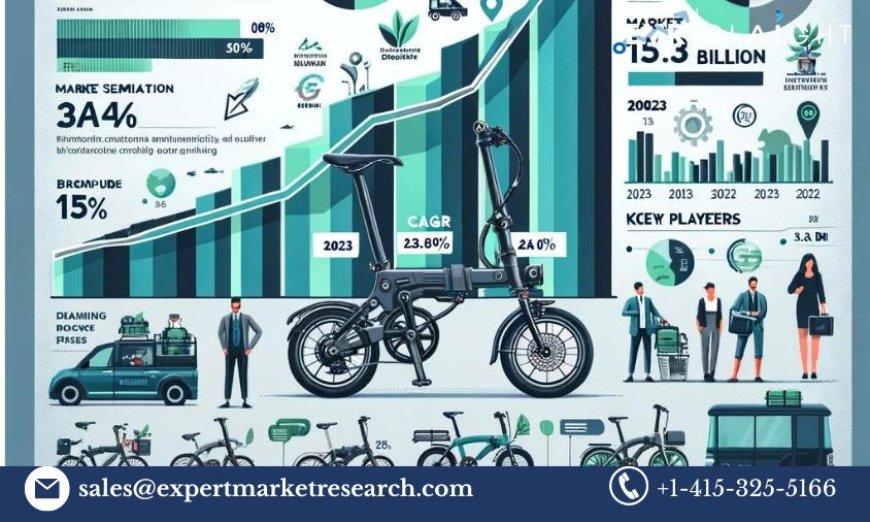Global Dark Spirits Market: Growth, Trends, and Insights (2024-2032)

The global dark spirits market size reached a valuation of nearly USD 98.69 billion in 2023 and is poised for substantial growth. Forecasts suggest the market will expand at a CAGR of 6.5% from 2024 to 2032, reaching approximately USD 173.93 billion by 2032. This blog offers an in-depth exploration of the market outlook, report overview, market size, dynamics, drivers, challenges, segmentation, recent developments, component insights, end-user insights, regional insights, key players, market trends, industry news, and application insights. It also addresses frequently asked questions with detailed answers.
Market Outlook
The dark spirits market is on a robust growth trajectory, driven by increasing consumer demand for premium and craft beverages, rising disposable incomes, and the globalization of alcoholic beverage consumption. Dark spirits, including whiskey, rum, brandy, and others, are seeing heightened popularity due to their rich flavors and cultural significance.
Report Overview
This report provides a comprehensive analysis of the global dark spirits market, encompassing historical data, current trends, and future projections. It includes detailed insights into market size estimates, growth rates, market dynamics, drivers, challenges, and opportunities, offering stakeholders valuable information for strategic decision-making.
Market Size
In 2023, the global dark spirits market was valued at USD 98.69 billion. With a CAGR of 6.5% from 2024 to 2032, the market is expected to reach approximately USD 173.93 billion by 2032. This growth is fueled by the increasing demand for premium and aged spirits, innovations in product offerings, and the expanding reach of global brands.
Market Dynamics
Several key dynamics influence the dark spirits market:
- Rising Consumer Demand for Premium Products: As consumers become more discerning, there is a growing preference for high-quality, premium spirits.
- Globalization of Beverage Consumption: The increasing acceptance and consumption of dark spirits across different regions are boosting market growth.
- Innovation and Product Development: Continuous innovation in flavors, packaging, and marketing strategies is driving the market forward.
Market Drivers
- Increasing Disposable Income: Higher disposable incomes are enabling consumers to spend more on premium alcoholic beverages.
- Rising Popularity of Cocktails: The growing trend of cocktail culture is driving demand for various dark spirits as key ingredients.
- Cultural Significance and Heritage: Dark spirits often carry cultural significance, making them popular choices for celebrations and gifting.
Key Market Challenges
- Regulatory Constraints: Strict regulations regarding the production, distribution, and sale of alcoholic beverages can hinder market growth.
- Health Concerns: Growing awareness about the health impacts of alcohol consumption may limit market expansion.
- Economic Fluctuations: Economic downturns can affect consumer spending power, impacting the demand for premium spirits.
Market Segmentation
The dark spirits market is segmented based on various factors:
- Type: Whiskey, rum, brandy, and others.
- Distribution Channel: On-trade (bars, restaurants) and off-trade (retail stores, online).
- Age Group: Gen Z, Millennials, Gen X, Baby Boomers.
- Region: North America, Europe, Asia-Pacific, Latin America, and the Middle East & Africa.
Recent Developments
- Product Innovations: Launch of new flavors and premium aged spirits to cater to diverse consumer preferences.
- Strategic Partnerships: Collaborations between brands and mixologists to create unique cocktail experiences.
- Sustainability Initiatives: Increasing focus on sustainable production practices and eco-friendly packaging.
Component Insights
- Base Ingredients: The quality and type of base ingredients, such as grains, sugarcane, and fruits, significantly impact the flavor and quality of dark spirits.
- Aging Process: The aging process in barrels contributes to the distinct flavors and characteristics of premium dark spirits.
End-User Insights
- Residential: Increasing consumption of dark spirits at home, driven by at-home cocktail making and social gatherings.
- Commercial: High demand from bars, restaurants, and hotels, where dark spirits are key ingredients in cocktails and drinks menus.
Regional Insights
- North America: Leading market due to high consumption rates and strong presence of premium brands.
- Europe: Significant growth driven by the popularity of whiskey and rum in countries like the UK, France, and Germany.
- Asia-Pacific: Rapid market expansion due to rising disposable incomes and increasing acceptance of Western drinking culture.
- Latin America: Growing demand for rum and whiskey, particularly in countries like Brazil and Mexico.
- Middle East & Africa: Emerging market with increasing investments in premium beverage offerings.
Key Players
- Anheuser-Busch InBev SA/NV
- Asahi Group Holdings, Ltd.
- Kirin Brewery Company, Limited
- Suntory Holdings Limited
- Diageo Plc
- Others
Market Trends
- Premiumization: Growing consumer preference for premium and craft spirits.
- Sustainability: Increasing focus on sustainable production practices and eco-friendly packaging.
- Digital Marketing: Leveraging digital platforms for marketing and consumer engagement.
Industry News
- Product Launches: Introduction of innovative and premium dark spirits to cater to evolving consumer tastes.
- Strategic Collaborations: Partnerships between brands and bartenders to create unique drinking experiences.
- Regulatory Developments: Changes in alcohol regulations impacting market dynamics and distribution strategies.
Application Insights
- Cocktails and Mixed Drinks: High demand for dark spirits as key ingredients in a variety of cocktails.
- Gifting: Dark spirits are popular choices for gifting, particularly during festive seasons and special occasions.
- Culinary Uses: Increasing use of dark spirits in cooking and baking for their rich flavors.
FAQs
1. What is the projected growth rate of the dark spirits market from 2024 to 2032? The dark spirits market is expected to grow at a CAGR of 6.5% from 2024 to 2032.
2. What are the key drivers of the dark spirits market? Key drivers include increasing disposable incomes, the rising popularity of cocktails, and the cultural significance of dark spirits.
3. What are the main challenges facing the dark spirits market? Challenges include regulatory constraints, health concerns, and economic fluctuations affecting consumer spending.
4. Which regions are leading the dark spirits market? North America is the leading region, followed by Europe and Asia-Pacific.
5. What are the major applications of dark spirits? Major applications include cocktails and mixed drinks, gifting, and culinary uses.
6. Who are the key players in the dark spirits market? Key players include Anheuser-Busch InBev SA/NV, Asahi Group Holdings, Ltd., Kirin Brewery Company, Limited, Suntory Holdings Limited, and Diageo Plc.
What's Your Reaction?
 Like
0
Like
0
 Dislike
0
Dislike
0
 Love
0
Love
0
 Funny
0
Funny
0
 Angry
0
Angry
0
 Sad
0
Sad
0
 Wow
0
Wow
0
















































